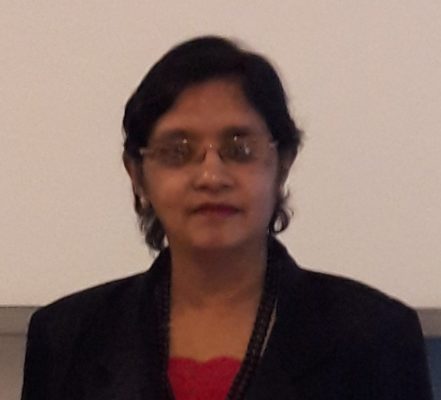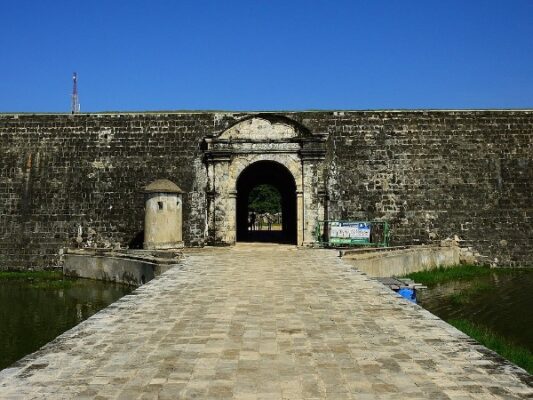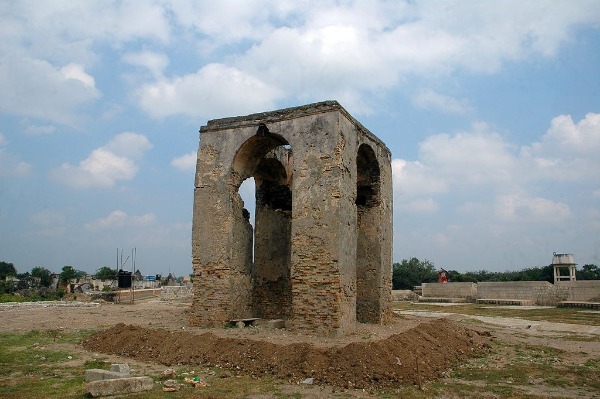Jaffna Fort – archaeological monument in the Peninsula
By Arundathie Abeysinghe
 Sprawled over the southeastern edge of Jaffna and situated in close proximity to the bordering lagoon overlooking *Kayts Causeway, Jaffna Fort is an archaeological monument in Jaffna Peninsula. It is the second biggest Dutch Fort built in Sri Lanka. Originally, the Fort was built by the Portuguese in 1618 under directions of *Phillippe de Oliveira. Jaffna Fort is one of the well-preserved colonial ramparts and located near the coastal village Gurunagar. In 1658, the Fort was captured by the Dutch under the rule of *Rijckloff van Goens during the Dutch Colonial Era. During this era, the Fort was expanded. In 1795, during the British Colonial Era, the British took over the Fort and it remained as a British Garrison till Sri Lanka gained Independence from the British in 1948. To date, Jaffna Fort is the only large military fort in Sri Lanka and there are government and military buildings within its ramparts.
Sprawled over the southeastern edge of Jaffna and situated in close proximity to the bordering lagoon overlooking *Kayts Causeway, Jaffna Fort is an archaeological monument in Jaffna Peninsula. It is the second biggest Dutch Fort built in Sri Lanka. Originally, the Fort was built by the Portuguese in 1618 under directions of *Phillippe de Oliveira. Jaffna Fort is one of the well-preserved colonial ramparts and located near the coastal village Gurunagar. In 1658, the Fort was captured by the Dutch under the rule of *Rijckloff van Goens during the Dutch Colonial Era. During this era, the Fort was expanded. In 1795, during the British Colonial Era, the British took over the Fort and it remained as a British Garrison till Sri Lanka gained Independence from the British in 1948. To date, Jaffna Fort is the only large military fort in Sri Lanka and there are government and military buildings within its ramparts.

Jaffna Fort had been one of the greatest Dutch Forts in Asia (built over an earlier Portuguese Fort) and defensive triangles had been added in 1792 with the objective of producing the classic Vaubanesque star form.
Governor’s Residence (King’s House), Queen’s House, the Garrison Parade Ground, Kruys Church and buildings of the Portuguese Era are some buildings inside the Fort. In addition to these, there had been powder magazines, military barracks, the Dutch Governor’s Residence, a Dutch Reformed Church, a jail and court house in the interior of the Fort which are stone remnants at present. But the limestone and coral outer structure are stable to date. The huge rampart overlooking the ocean and the tunnel system demonstrate the military capabilities of the Colonials.
Outside the ramparts of the Fort, there is an outer moat and outside the moat, there is an outer rampart. The outer rampart has been built into it five tunnels each in a twin formation. The tunnels are in good condition to date, yet without doors, whereas there are signs that there had been doors in the past. The Queen’s Palace is preserved to a certain extent. There is a short parapet wall in front of this building constructed according to Dutch architectural style. There is an access to the rampart behind this building with an ornate trellis balustrade and according to scholars this access may have been used by the Dutch to transport arms to the rampart. In front of the Queen’s Palace there are traces of a *verandah with two ponds built according to Dutch architectural style which had existed in the past.

Jaffna Fort is a symbol of the country’s colonial past and the edifice is an icon of Dutch Architecture. The five bastions in the Fort had been named after provinces in Netherlands -Holland, Friesland, Gelderland, Utrecht and Zeeland. The structure of the Fort is constructed in the shape of a pentagon.
To date, the Dutch insignia is visible at the entrance to the Fort. There are many places for visitors to explore in the structure such as the belfry of the Dutch Reformed Church as well as ravelins.
There is a Hindu temple situated in close proximity to the boundary of the seaside rampart which would have been constructed during recent times.
Due to the 30 year war between the Government of Sri Lanka and the LTTE, the Fort was occupied by the LTTE several times and it was the battleground of many civil wars. As a result, the Fort was damaged several times and was renovated on several occasions.
At present, the Fort is a popular attraction of visitors to Jaffna. The Fort is an attractive site at dusk silhouetted by pinkish-orange skies of Northern Sri Lanka and the cool ocean breeze welcoming visitors to this site of bygone era.
- Ceylon – Sri Lanka gained Independence from British Colonials in 1948. In 1972, Ceylon became a republic within the Commonwealth and Ceylon was thereafter known as Sri Lanka.
- Jaffna Peninsula – This is an area in Northern Province of Sri Lanka. With the fall of the *Polonnaruwa Kingdom in the 13th century, a separate political administration had emerged in Jaffna Peninsula which also known as “Nagadeepa” and functioned as the controlling center of the trade route between India and Sri Lanka
- Kayts Causeway – Situated off the coast of Jaffna, Kayts Causeway is a long stretch of road that connects many surrounding islands to Jaffna. A scenic causeway and a scenic driveway through the lagoon with several prawn farms as well as spectacular scenes of sea birds.
- Phillippe de Oliveira – Also known as Filipe de Oliveira was the conqueror of Jaffna on behalf of Portuguese Empire in 1619. He served as captain major of the conquered territory.
- Polonnaruwa Kingdom – Polonnaruwa was Sri Lanka’s kingdom from which Sinhalese Kings ruled the country from 1055 until 1232. At present, Polonnaruwa is the main town of Polonnaruwa District.
- Rijckloff van Goens – He was the Governor of *Ceylon during the Dutch Colonial Era.
- Verandah – A roofed platform along the outside of a house and extends across the front and sides of a building, at times partly enclosed by a railing. Derived from “varanda” in Hindi, this type of porch had been initially constructed by British Colonials observing buildings in India. According to legends, the word has its origins from Portuguese Colonial Era as the word had been used by the Portuguese too.







